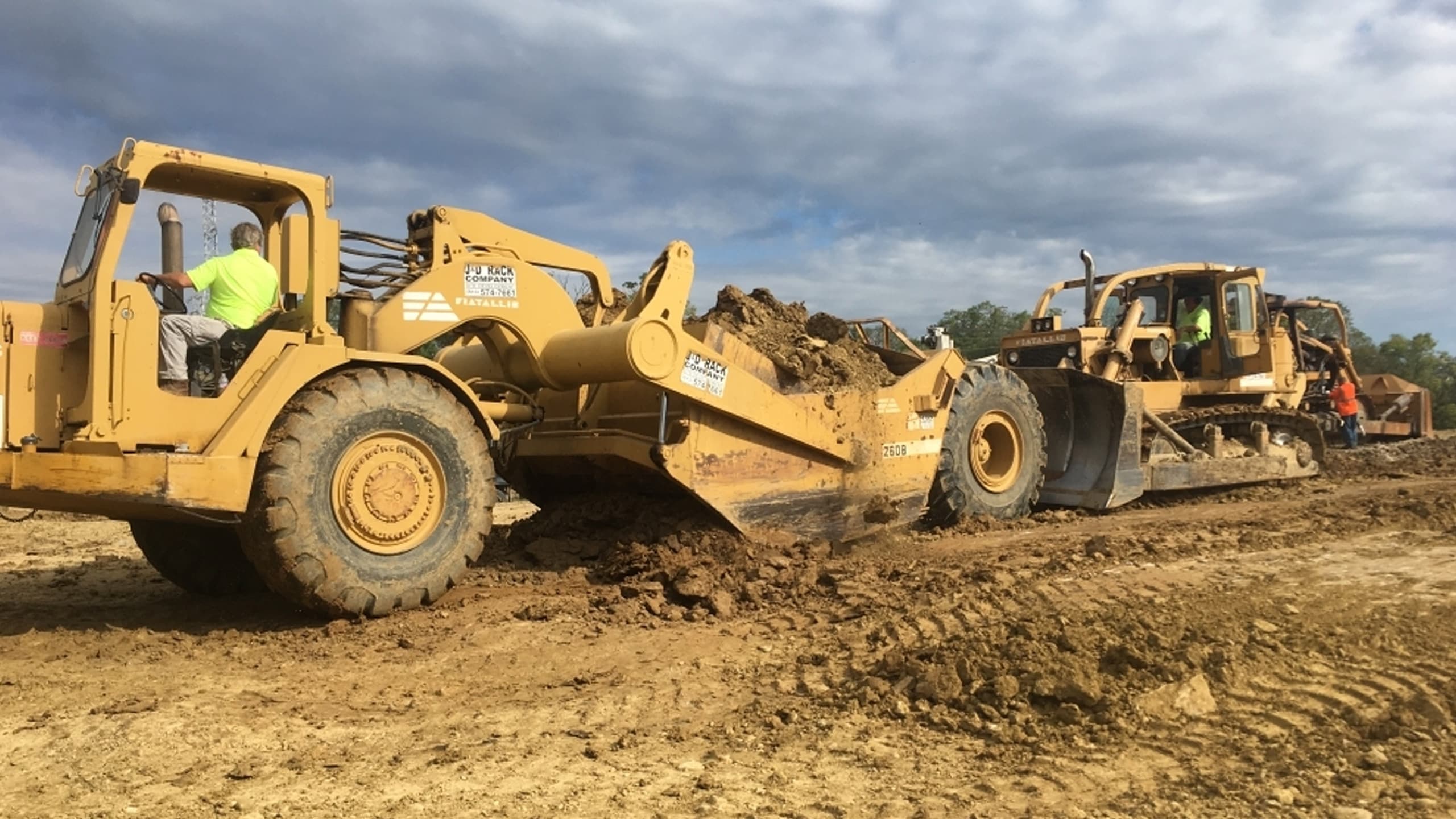
Michael Raidt, CFP®
Wealth Advisor, Mercer Advisors
In a world that’s constantly evolving with new career opportunities, it’s essential to carefully consider your options. Although 4-year college degrees have their place, they aren’t the only path to a successful career.
With baby boomers retiring from their trade roles and infrastructure aging, the demand for skilled trades – especially in the construction sector – is growing every day. From apprenticeships to supervisory positions, the availability of jobs empowers workers to choose roles that align with their interests and career goals.
Attracting labor: A primary goal of the construction industry
As reported by the Spirit of Construction Foundation, career analysts estimate that there will be approximately 300,200 more U.S. construction jobs in 2029 than in 2019. Additionally, technological advancements continue to shape the future of the industry, with the use of artificial intelligence, automation, augmented reality, and virtual reality predicted to account for many of these new jobs. (1)
Why younger people should consider a career in the construction industry
According to the National Association of Home Buyers, the median age of construction workers in the U.S. is 42, making a career in the construction trades a viable option for younger workers.(2) The industry can offer skilled tradespeople a clear path towards higher-paying and rewarding careers with:
- Flexibility for solo work or as part of a team.
- Diverse career opportunities in a wide range of trades including carpentry, drywall and ceiling tile installation, electrical, HVAC, masonry, painting, plumbing, welding, and more.
- Mentally and physically rewarding work in both inside and outside environments.
- The opportunity to help others. Tradespeople often comment on the joy of working with their hands and seeing the results of their efforts.
Construction trades offer competitive – and rising – compensation
As competition for skilled labor heats up, compensation packages to attract and retain workers are improving with many employers paying for training and apprentice programs, offering hiring bonuses, and enhanced employee benefit packages. In 2022, construction wages for nonsupervisory positions grew at their fastest rate in 40 years – and in 2023, 63% of firms offered higher pay rate increases than in 2022. (3,4)
Tradespeople are also likely to see a quick and strong return on investment. College graduates may carry significant debt even before landing their first job while tradespeople begin making money earlier, often without incurring any debt. The cost difference is noticeable when you consider the median pay for a construction trade worker in May 2022 was more than $50,000 – that’s $4,000 more per year than the median pay for all other jobs.(5)
Financial freedom and flexibility during the income-producing years
For example, an 18-year-old beginning a career in construction, with no student loans or other debt, could earn $500,000 of total income by age 28. In comparison, a 22-year-old college graduate earning $78,000 per year could earn $468,000 in total income by age 28. In many cases, college graduates will have student loans above $30,000. Students continuing to graduate school may see a pay increase but may delay earning income by an additional 6-8 years – and likely adding more debt.
An individual in the construction industry can invest toward their retirement sooner, save for a home purchase, and accumulate funds to be used for other goals. They may also gain valuable experience leading to promotions, leadership opportunities, increased income potential, and business ownership.
The same 18-year-old who invests just $100 a month in a balanced investment portfolio earning 7% will have $137,225 by age 50. A 22-year-old college graduate who begins investing (after paying down student loans for five years) at the same 7% rate of return will have just $66,530 at age 50. To summarize, the college student would have to invest over twice as much as the trade worker who started investing sooner. The benefits of compounding are amplified within corporate retirement plans like 401(k)s that often provide a company match and can help tradespeople to save even more.
Allied Construction Industries, the Spirit of Construction Foundation, and other organizations across the country are working hard to address the skilled trades gap. Hopefully, more young people (with the backing of their parents) will consider a career in the construction industry as a means to help achieve long-term financial freedom.
For more information, contact Michael Raidt at mraidt@merceradvisors.com.
(1) Kolmar, Chris. “25 Essential US Construction Industry Statistics [2023]: Data, Trends and More.” Zippia, 28 June 2023.
(2) National Association of Home Buyers. “Is the Construction Workforce Older than Other Industries? ” NAHB, National Association of Home Buyers, 6 June 2023.
(3) Lloyd, Alcynna, and Madison Hoff. “Construction Worker Pay Grew at the Fastest Rate in 40 Years as Builders Are Desperate to Keep up with the Real Estate Boom.” Business Insider, 4 Mar. 2022.
(4) Associated General Contractors of America. “A Construction Market in Transition: The 2024 Construction Hiring and Business Outlook.” AGC The Construction Association.
(5) Occupational Outlook Handbook. “Construction and Extraction Occupations.”
U.S. Bureau of Labor Statistics.
